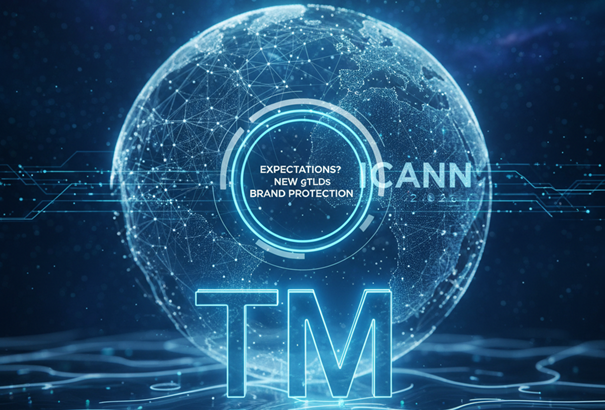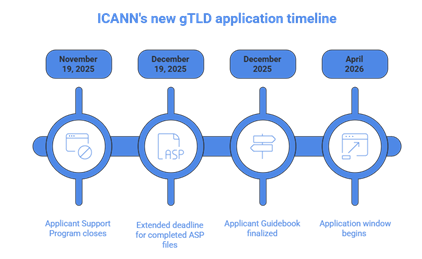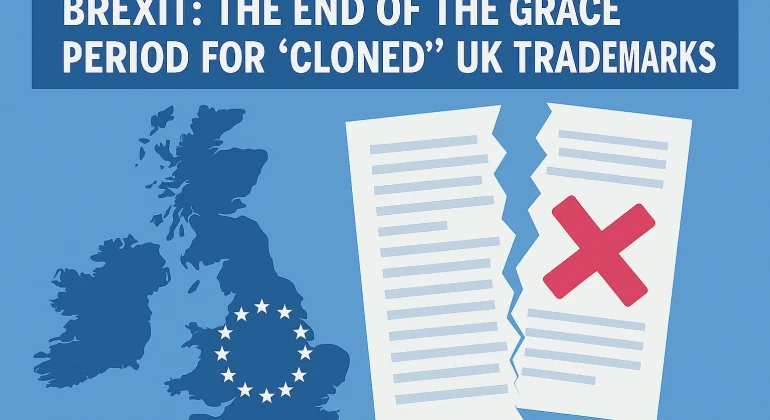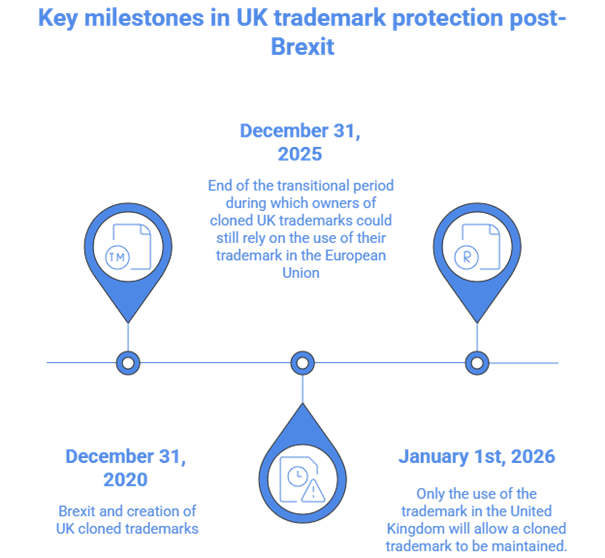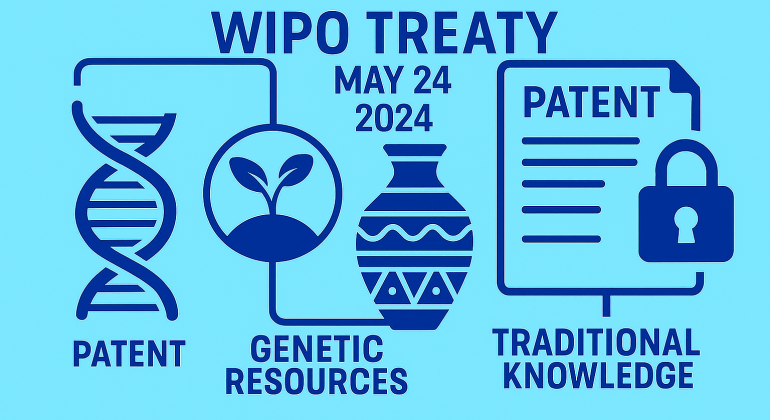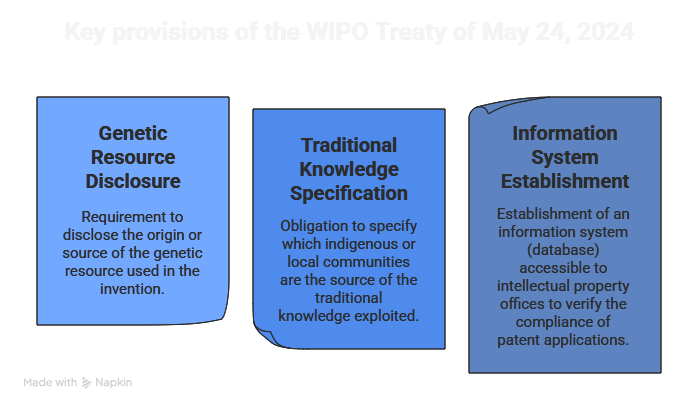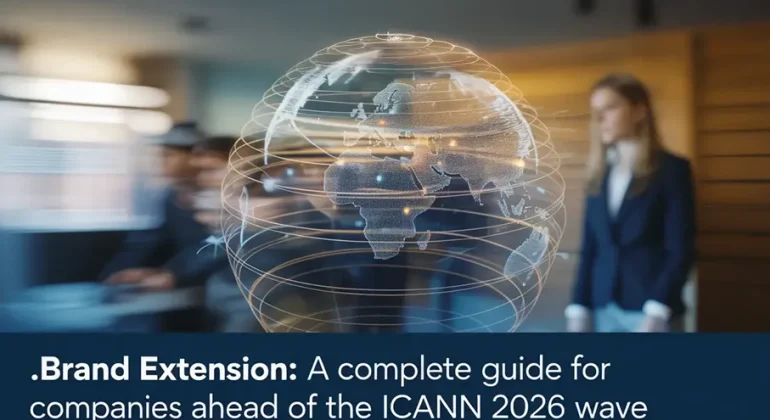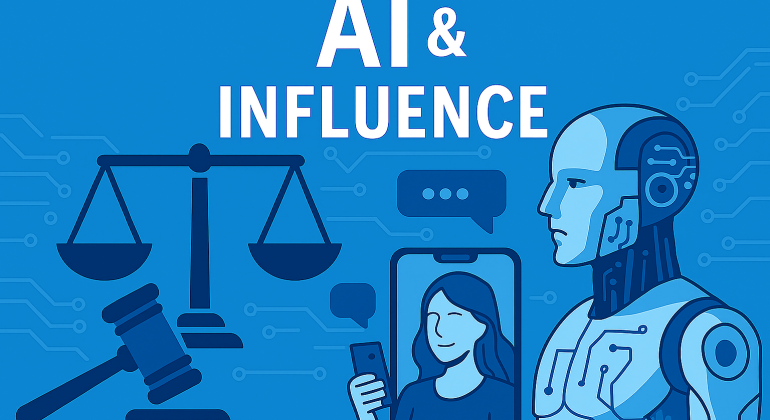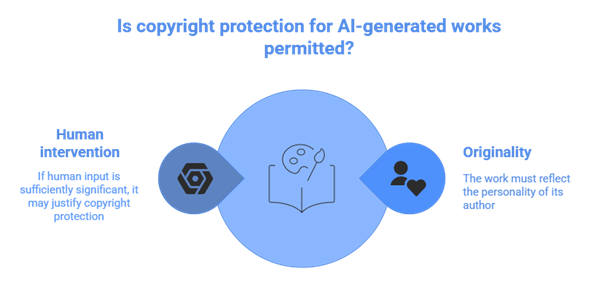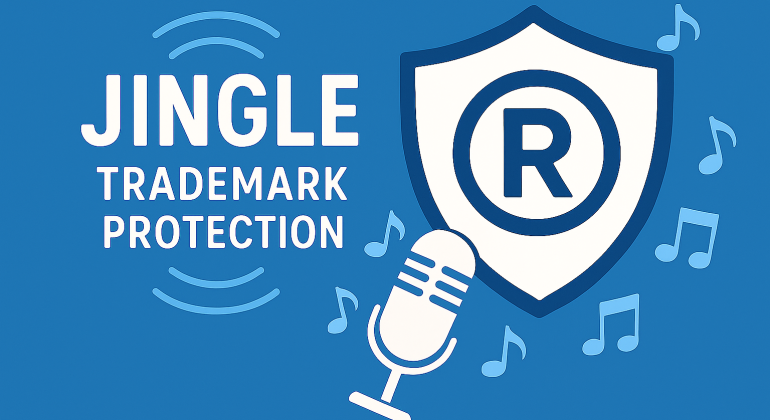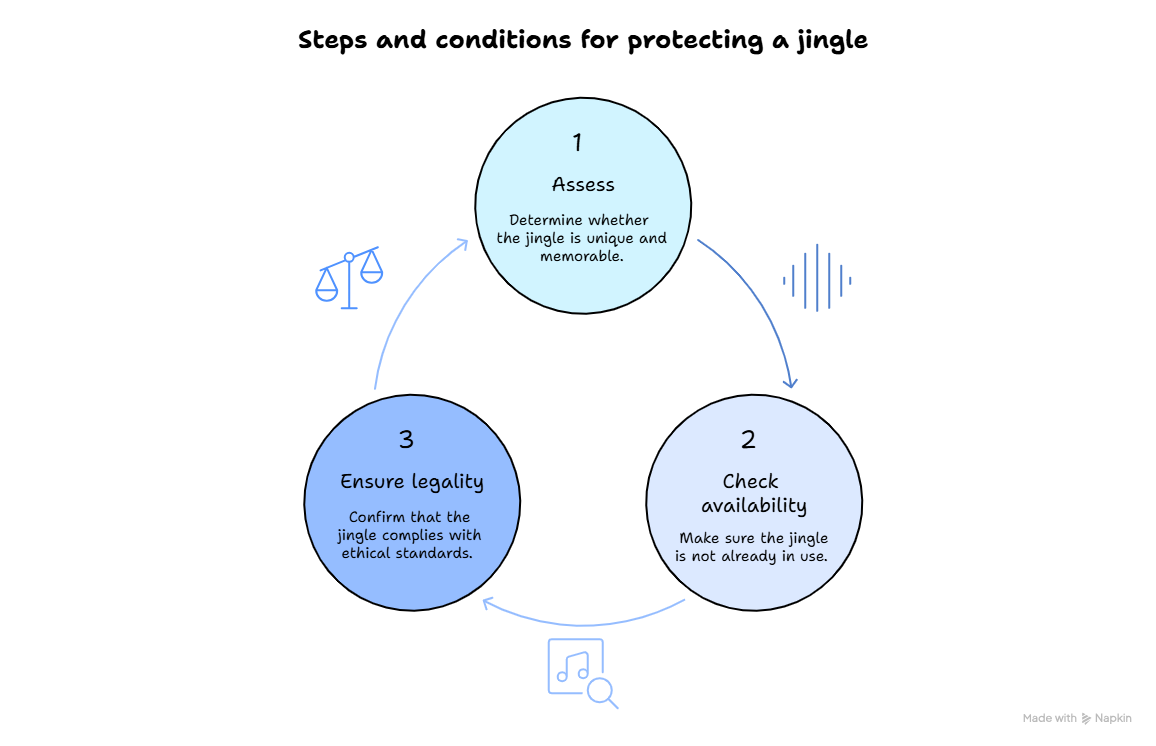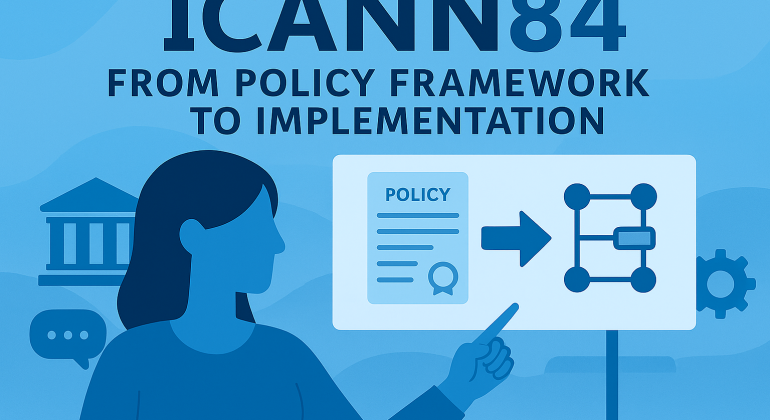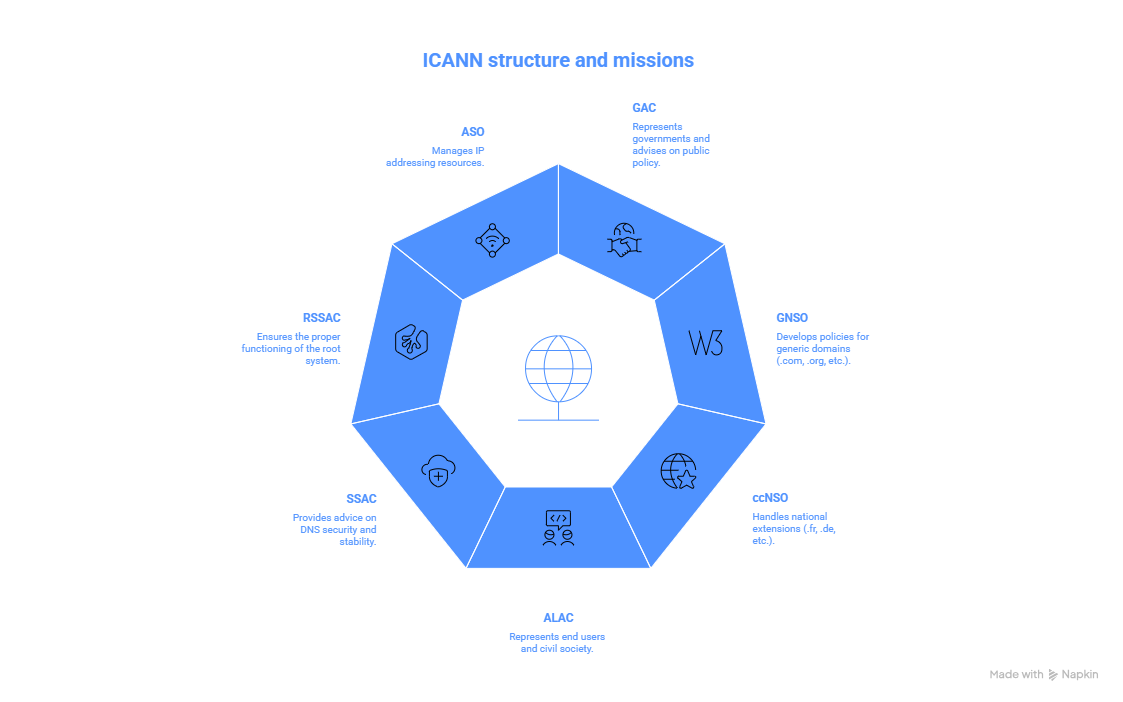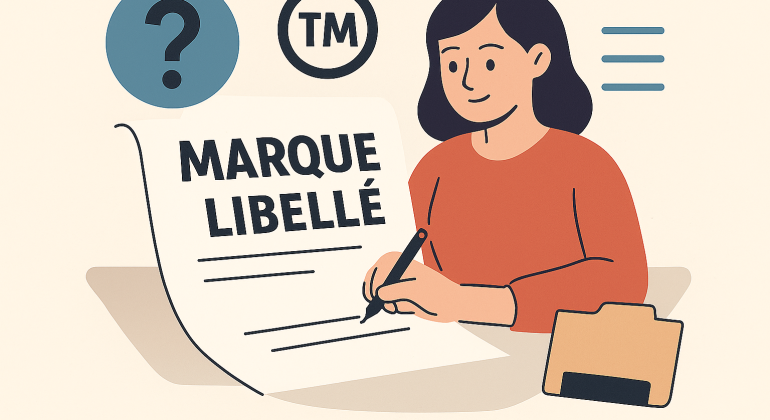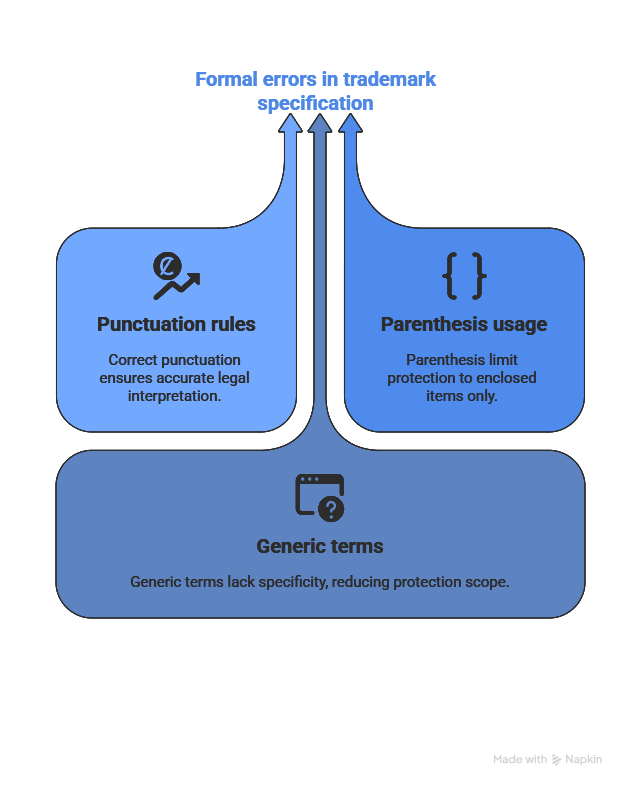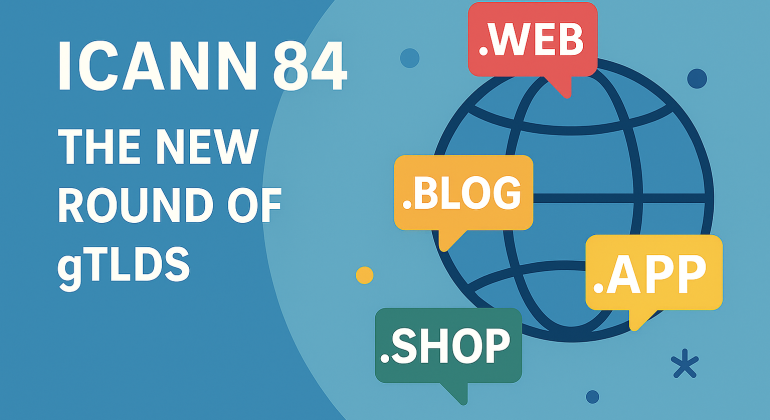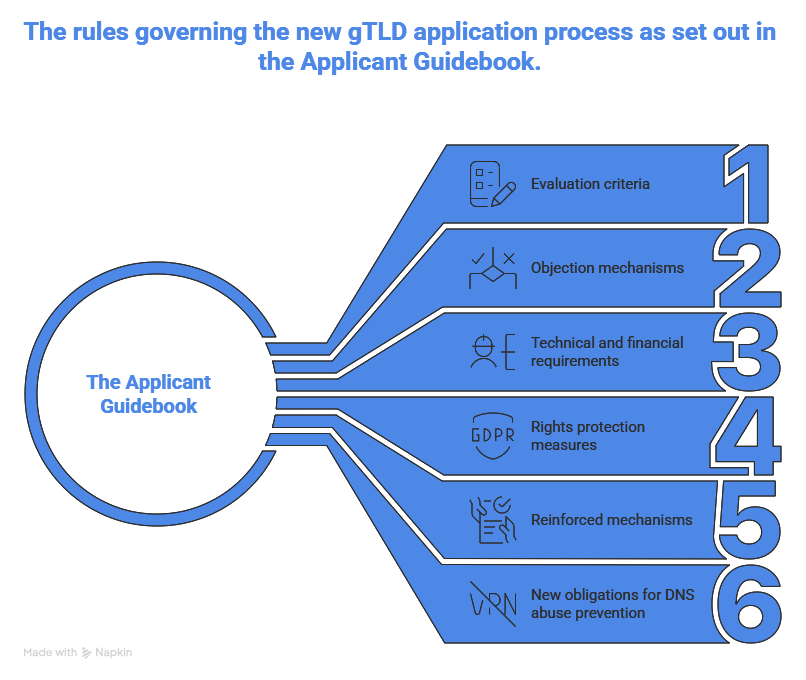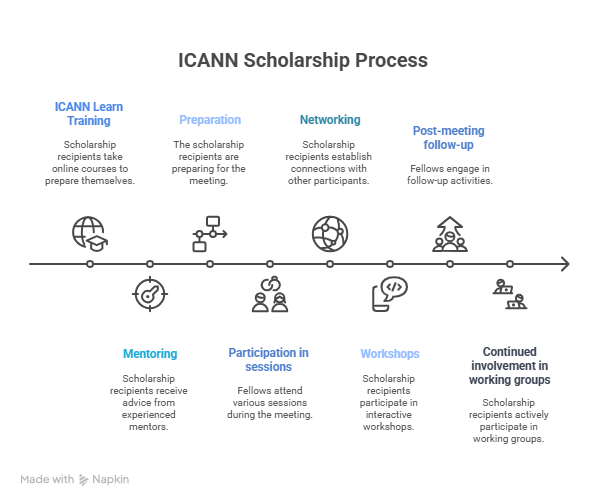What should trademark owners expect from ICANN’s next gTLD round in 2026?
Introduction
The long-awaited Next Round of ICANN’s new gTLD Program is finally on the horizon.
Set to open in April 2026, this new application window will reshape how trademark owners, communities, and innovators engage with the Internet’s Domain Name System (DNS).
The next round of ICANN’s new GTLD program follows the landmark 2012 round, which introduced over 1,200 new top-level domains (.app, .shop, .paris, .集团, etc.). Since then, the Internet ecosystem has evolved dramatically, reflecting broader technological, linguistic, and regulatory shifts.
ICANN’s community, through the GNSO Subsequent Procedures Working Group, has redefined the policy framework to increase diversity, inclusivity, and competition within the DNS. The Next Round aims to create a more accessible and multilingual Internet, encouraging participation from under-served regions and new industry sectors.
For trademark owners, the upcoming round is not merely a technical event, it is a strategic turning point!
The 2026 timeline: milestones and implementation path
ICANN has confirmed a tentative 12–15-weeks application window beginning in April 2026, with preparatory programs already in motion:
- Applicant Support Program (ASP): open since November 2024, closing November 19, 2025 (extended to December 19, 2025 to submit a completed application).
- Registry Service Provider (RSP) Evaluation Program : pre-evaluation window closed since May 20, 2025.
- Applicant Guidebook (AGB): to be finalized by December 2025, establishing the definitive rules and criteria for applicants.
These steps are part of ICANN’s phased approach covering policy implementation, program design, infrastructure development, and operationalization, the four pillars identified in its official status report.
Key outcomes from ICAAN 84 in Dublin
The ICANN 84 meeting in Dublin served as a decisive moment for consultation.
Multiple sessions focused on governments’ readiness, trademark engagement, and the technical ecosystem’s preparedness.
Governmental Advisory Committee (GAC) engagement
During its plenary and capacity-building sessions, the GAC emphasized its oversight role, especially the Early Warnings mechanism, allowing governments to flag potentially problematic strings or applicants on public-interest grounds. A new “GAC Readiness Pathway” was launched, including webinars, e-learning modules, and outreach to national governments scheduled for late 2025.
Governments also raised recurring concerns regarding geographic TLDs (geoTLDs), IDN variants, and fair access to applicant support program, issues that will shape the policy environment for 2026.
Geographic and trademark registries
The GeoTLD Group highlighted the importance of genuine local community engagement and governmental non-objection letters, stressing transparency in governance for place-based TLDs.
In parallel, the Brand Registry Group (BRG) discussed strategies relating to .brand TLDs, emphasizing the need for preparation as early as the second quarter of 2026, including provider selection, contractual compliance, and post-delegation planning. For companies, this requires close coordination between domain-name strategy, marketing, cybersecurity, and legal teams ahead of the opening of the application window.
Core challenges for applicants
- Governmental involvement and Early Warnings
Applicants must anticipate governmental scrutiny early in the process. GAC Early Warnings can significantly affect evaluations or even trigger objections.
Recommendation: Monitor applied-for strings, maintain dialogue with relevant authorities, and integrate public policy considerations into your application strategy.
- Applicant Support Program (ASP)
The ASP aims to reduce fees by up to 75–85% for qualified applicants from under-served regions. However, governments and civil-society groups stress that outreach remains insufficient.
Applicants should assess eligibility criteria, potential benefits, and strategic trade-offs between ASP participation and standard applications.
- Contention sets and auctions
When multiple applicants seek the same string, contention resolution becomes critical. ICANN has not yet confirmed whether auctions, controversial in 2012, will remain the default.
Trademark owners should prepare for potential competition, alliances, or pre-emptive applications to mitigate disputes.
- Technical and operational readiness
The RSP Evaluation Program transfers part of the technical due diligence outside the applicant phase. While this simplifies evaluation, it also requires early engagement with RSP partners to ensure compliance, stability, and security.
Selecting a technically competent RSP is now a precondition for application success.
- Fees and cost management
The application evaluation fee is estimated around USD 227,000 per TLD, excluding legal, technical, and operational costs.
Applicants should prepare comprehensive budgets, anticipate cost recovery mechanisms, and align internal governance with registry obligations.
- IDNs, variants, and multilingual opportunities
The Next Round will support 26 scripts under the Root Zone Label Generation Rules (RZ-LGR).
This represents a major opportunity for global trademarks seeking to localize their digital presence. However, applicants must address string similarity risks, translation accuracy, and local regulatory nuances.
- Public Interest Commitments (PICs) and Registry Voluntary Commitments (RVCs)
All new registries must agree to PICs/RVCs, defining commitments related to consumer protection, transparency, and responsible operation. These are legally binding under the Registry Agreement.
Trademark owners must prepare governance and compliance frameworks to support these obligations.
Strategic implications for trademark owners
For trademark owners
Applying for a .brand TLD (also called a dotBrand) represents one of the most strategic evolutions in corporate digital identity since the first gTLD round in 2012. A dotBrand allows a company to operate its own exclusive, secure domain space under its direct control.
This model goes far beyond traditional defensive registrations or marketing convenience. It provides unprecedented autonomy in managing domain names, strengthens consumer trust, and supports digital transformation objectives across business units.
- Brand control and consumer trust
Owning a .brand enables the creation of a trusted digital ecosystem, where every domain ending in the company’s TLD is verified and controlled by the rights holder.
This eliminates risks of phishing, counterfeiting, and typosquatting within the namespace, ensuring users can safely navigate to authentic websites such as shop.brand, careers.brand, or support.brand.
From a reputational standpoint, the .brand domain reinforces brand integrity and customer’s trust, particularly for regulated sectors like financeand health
- Strategic marketing and innovation potential
A .brand opens new opportunities for innovation in communication and marketing.
Companies can structure personalized campaigns (e.g. summer.brand), or segment offerings (pro.brand, luxury.brand) with full consistency. This fosters omnichannel continuity, as the brand controls the entire domain architecture.
Moreover, using a .brand TLD signals technological leadership and enhances SEO performance by centralizing traffic under one authoritative namespace, improving both discoverability and data security.
- Operational autonomy and long-term efficiency
Operating a private TLD brings technical independence from third-party registrars and external platforms. It allows companies to define their own registration policies, DNS management, and security standards (DNSSEC, SPF, DMARC, etc.).
While initial costs are higher than traditional domain portfolios, maintaining a .brand over time can be more economical and efficient, particularly for organizations managing hundreds of domain names. The consolidation of assets into one controlled namespace reduces administrative complexity and renewal expenses.
- Challenges and responsibilities
However, a .brand also comes with governance and compliance obligations.
Brands must appoint a Registry Service Provider (RSP) meeting ICANN’s technical criteria and assume ongoing reporting duties under the Registry Agreement. Internal teams (legal, IT, marketing) must collaborate closely to ensure compliance with Public Interest Commitments (PICs) and Registry Voluntary Commitments (RVCs).
It is crucial to prepare internal procedures for policy management, data protection, and incident response within the .brand environment.
For more information on this subject, please refer to our focus article on .brands.
Conclusion
The Next gTLD Round is both an opportunity and a challenge.
ICANN’s roadmap is becoming clearer, but success will depend on early strategic preparation, stakeholder engagement, and a sound understanding of both policy and technical frameworks.
Dreyfus & Associés assists its clients in managing complex intellectual property cases, offering personalized advice and comprehensive operational support for the complete protection of intellectual property.
Nathalie Dreyfus with the support of the entire Dreyfus team
Q&A
1. What is a gTLD?
A gTLD (generic Top-Level Domain) is a generic domain name extension appearing at the end of an Internet address, such as .com, .org, .shop, or .paris. gTLDs serve to structure the Domain Name System (DNS) and provide new opportunities for communication, visibility, and digital positioning for businesses, institutions, and communities.
2. What is the Applicant Guidebook (AGB)?
The Applicant Guidebook (AGB) is the official ICANN document setting out the rules, procedures, and requirements applicable to applicants seeking to operate a new gTLD. It defines the evaluation criteria, objection and dispute resolution mechanisms, and the technical, financial, and contractual obligations applicable to prospective registry operators.
3. What are the Public Interest Commitments (PICs)?
The Public Interest Commitments (PICs) are contractual obligations ensuring that registry operations serve the public interest, protect consumers, and prevent abuse.
4. How are domain names in non-Latin scripts handled?
Domain names aren’t limited to the Latin alphabet. In the next application round, it will be possible to register domain names in 26 different writing systems, including Arabic, Chinese, Japanese, Hindi, and Cyrillic.
To ensure these domain names work properly worldwide, ICANN uses a set of technical rules called the “Root Zone Label Generation Rules” (RZ-LGR). In short, this system makes it possible for people to use the Internet in their own language and writing system, while ensuring that domain names remain safe, clear, and universally functional.
5. Do trademark owners need government approval to apply for new gTLDs?
Only geographic extensions (geoTLDs), such as .paris or .london, require the support, authorisation or formal non-objection of a government or competent public authority.
6. How should trademark owners prepare for the 2026 ICANN application window?
To make the most of the upcoming round, trademark owners should begin preparing now by taking a structured, strategic approach. Preparation involves:
- Conducting feasibility and ROI assessments to determine whether adopting a .brand TLD aligns with the company’s long-term digital and marketing goals.
- Mapping potential use cases and establishing naming conventions to ensure consistent deployment across business units.
- Engaging early with qualified Registry Service Providers (RSPs) to confirm technical readiness and compliance capacity.
- Budgeting for application, setup, and annual registry operations, anticipating both one-time and recurring costs.
- Reviewing internal compliance frameworks to ensure alignment with ICANN’s upcoming 2025 policy updates and Public Interest Commitments (PICs).
This publication is intended for general public guidance and to highlight issues. It is not intended to apply to specific circumstances or to constitute legal advice.

